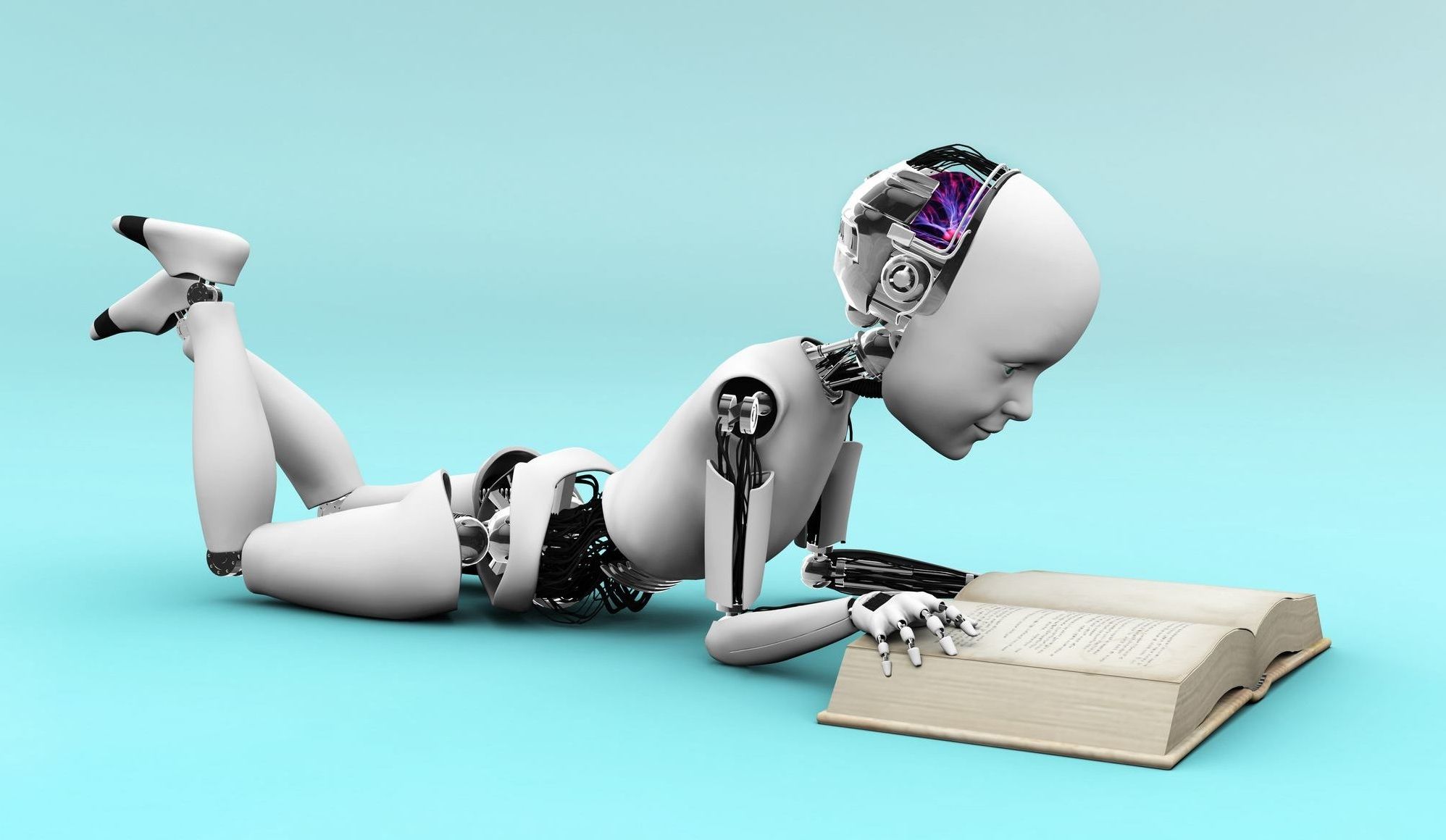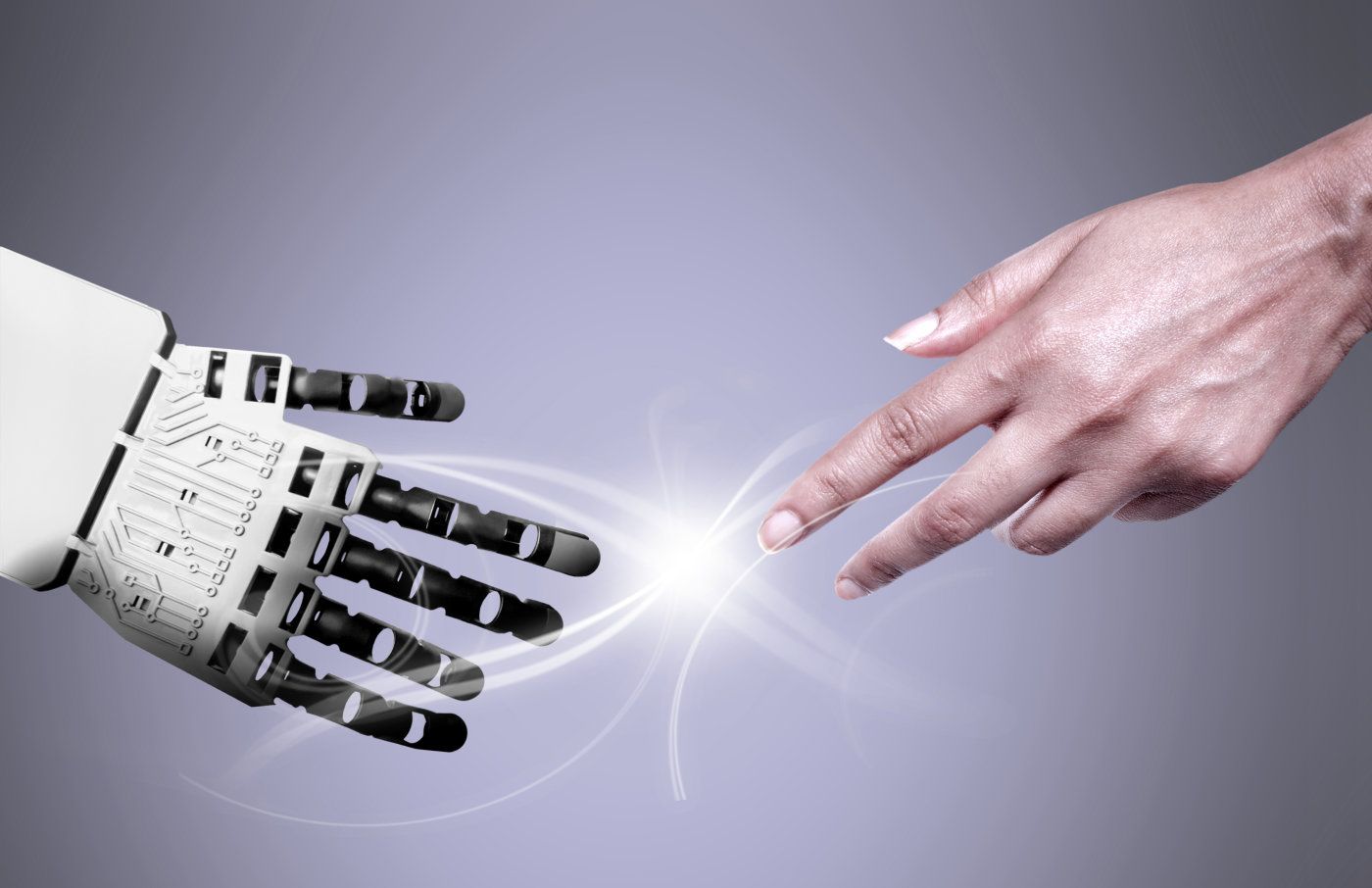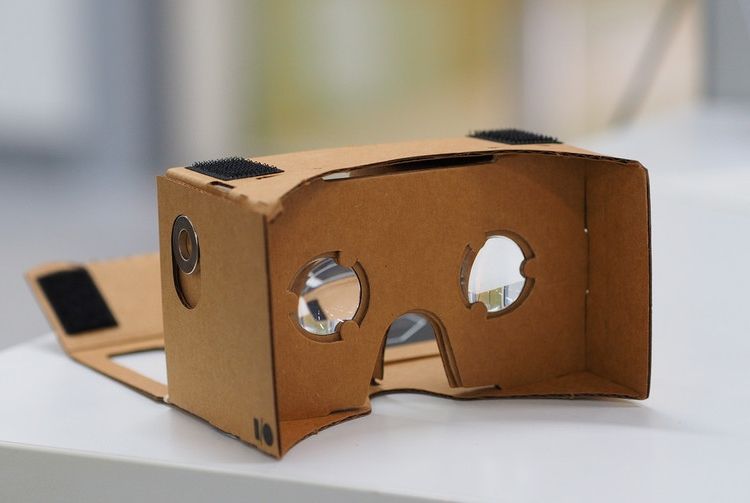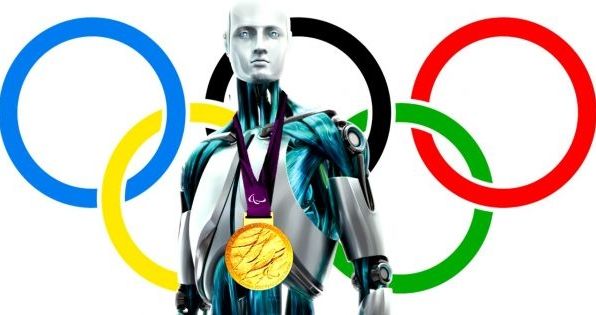Archive for the ‘robotics/AI’ category: Page 2304
May 29, 2016
Google and Ray Kurzweil making chatbots that will allow for “interesting conversations”
Posted by Klaus Baldauf in categories: Ray Kurzweil, robotics/AI
Shutterstock.
Can we really have a conversation with a bot? Voice assistants like Siri, Cortana and Google Now make a good attempt at it, but these are still clearly machines. Their level of artificial intelligence is far behind human intellect. But you can bet Google is working on improving AI.
Renown author Ray Kurzweil has revealed him and his team have been working with Google to create chatbots. These are said to be advanced bots with which you can have ‘interesting conversations’.
May 28, 2016
DARPA wants to find the vital limitations of machine learning
Posted by Karen Hurst in category: robotics/AI
Fun stuff.
What are the fundamental limitations inherent in machine learning systems?
That’s the central question of a potential new DARPA program known as the Fundamental Limits of Learning (Fun LoL) which according to the researchers will address how the quest for the ultimate learning machine can be measured and tracked in a systematic and principled way.
Continue reading “DARPA wants to find the vital limitations of machine learning” »
May 28, 2016
Robot taught to flinch as though it’s reacting to pain
Posted by Karen Hurst in category: robotics/AI
Ok; a little different. Not sure why we need a robot to flinch.
It uses a ‘robot-tissue’ patch modelled on human skin to decide how much pain should be felt and thus what action to take. But now, a group of German researchers is embarking upon a new mission to gift robots with pain sensors — or their mechanical equivalents.
It’s only a matter of time before robots are practically human-like. This is why robots that work in extreme, unsafe environments might need an analog to pain to help them make decisions in chaotic workspaces, thereby acting to protect themselves or the humans and equipment around them.
Continue reading “Robot taught to flinch as though it’s reacting to pain” »
May 28, 2016
Google’s late response to Amazon Echo suggests the future is voice control and virtual reality
Posted by Karen Hurst in categories: business, food, robotics/AI, security, virtual reality
The recent Google I/O developer conference at which the company reveals its new products and directions brought with it several surprising announcements that mark significant changes for the way the company approaches its online business.
The first was the admission by Google chief executive, Sundar Pichai, that Amazon had taken the lead in voice-activated devices when it launched Echo last year when he announced the company’s own Google Home, a similar table-top, voice-controlled AI assistant. These devices have been made possible by the rapid improvement of voice-recognition technology and AI fast enough to respond in real time to questions and answers. But under the surface, the devices are deeply integrated with the cloud, and in the case of Echo, Amazon’s online marketplace.
This is significant because Echo now boasts more than 400 different “skills” and connected suppliers through which users can order food, look up calendar appointments, pay credit card bills, search for information and many other things – just by asking with their voice. The ecosystem of companion products around these intelligent assistants is growing too: just by asking, you can switch on the lights in any room, control the thermosat, security system and fire detectors, automate perimeter doors or fences.
May 28, 2016
Motion AI in public beta, Rust 1.9, and Intel acquisition to drive IoT—SD Times news digest: May 27, 2016
Posted by Karen Hurst in categories: computing, robotics/AI
Cannot wait to try out.
Motion AI is in public beta with the Bot Store coming soon; Rust 1.9 is released; Intel acquires a computer vision company to drive IoT.
May 28, 2016
The business case for bots: Understanding the bot landscape (VB Live)
Posted by Karen Hurst in categories: business, robotics/AI
Like anything else there are fundamentals around when, what, and why to use certain technologies and methods to achieve real value and return out of an investment; and bot technology is no different.
Bots are not only cheaper and faster to build than apps, they let companies engage consumers where they spend most of their mobile time: messaging platforms. Join us to understand why Facebook is going all in on chatbots for Messenger and brands as diverse as Staples, Bank of America, and Taco Bell are leading the bot charge — and bots are literally changing the conversation.
Continue reading “The business case for bots: Understanding the bot landscape (VB Live)” »
May 27, 2016
The Future of Humanity’s Food Supply Is in the Hands of AI
Posted by Shailesh Prasad in categories: biotech/medical, computing, food, health, information science, mobile phones, robotics/AI, satellites
Perhaps it’s serendipitous, then, that the machines have finally arrived. Truly smart, truly impressive robots and machine learning algorithms that may help usher in a new Green Revolution to keep humans fed on an increasingly mercurial planet. Think satellites that automatically detect drought patterns, tractors that eyeball plants and kill the sick ones, and an AI-powered smartphone app that can tell a farmer what disease has crippled their crop.
Forget scarecrows. The future of agriculture is in the hands of the machines.
A Digital Green Thumb
Continue reading “The Future of Humanity’s Food Supply Is in the Hands of AI” »
May 27, 2016
Fujitsu is Making a Robot to Judge Tokyo’s 2020 Olympics
Posted by Shailesh Prasad in category: robotics/AI
Fujitsu is building a robot that uses 3D laser sensors to detect motion without the need for athletes to wear any special suits. The robot will be ready for the Olympics in 2020 in Japan, and will precisely score gymnasts based on measurements taken by the sensors.
Japan is making sure the 2020 Olympics will be a technological festivity. They even may be spending a staggering $8.1 million for an artificial meteor shower.
In addition to the “fireworks,” Fujitsu, in partnership with the Japan Gymnastics Association, is developing the ultimate judge to end all biases in the Olympics: a robot programmed to precisely score gymnasts at the Olympics with absolute fairness by using 3D laser sensors capable of measuring 76,800 points of motion per frame up to 30 times per second.
Continue reading “Fujitsu is Making a Robot to Judge Tokyo’s 2020 Olympics” »
May 27, 2016
AI ‘doctors’ will diagnose your X-rays
Posted by Shailesh Prasad in categories: biotech/medical, health, robotics/AI, supercomputing
An Israeli medical imaging company has signed a deal with a Utah-based healthcare provider that could change the way we diagnose certain conditions. Zebra Medical Imaging is teaming up with Intermountain to work on a neural network that will compare fresh X-rays with the “millions” stored in its own database. The eventual aim of the project is to offer up suggestions to radiographers and other medical professionals and eliminate costly misdiagnoses.
For instance, let’s imagine that you’ve gone to hospital for some unknown condition and you get an X-ray. Rather than handing the slide to a doctor, who could miss a small shadow or other minor clue, the image would be handed to the computer. It would use deep learning to trawl an anonymized patient database looking for any anomalies that you might be suffering from. The current system will work on bone health, cardiovascular analysis and lung conditions, although who knows where the possibilities will end.
As deep learning technology gets more powerful, smaller and significantly cheaper, the potential for AI to assist doctors becomes more realistic. IBM has spent the last few years pushing Watson, its homegrown supercomputer, as a system to aid decision making for patients. At the same time, companies like LG are trying to shrink medical imaging technology to end the days of bulky hospital equipment being available for a chosen few. All in all, the idea of a medical tricorder is going from fantastical to plausible in less time than you’d expect.

















